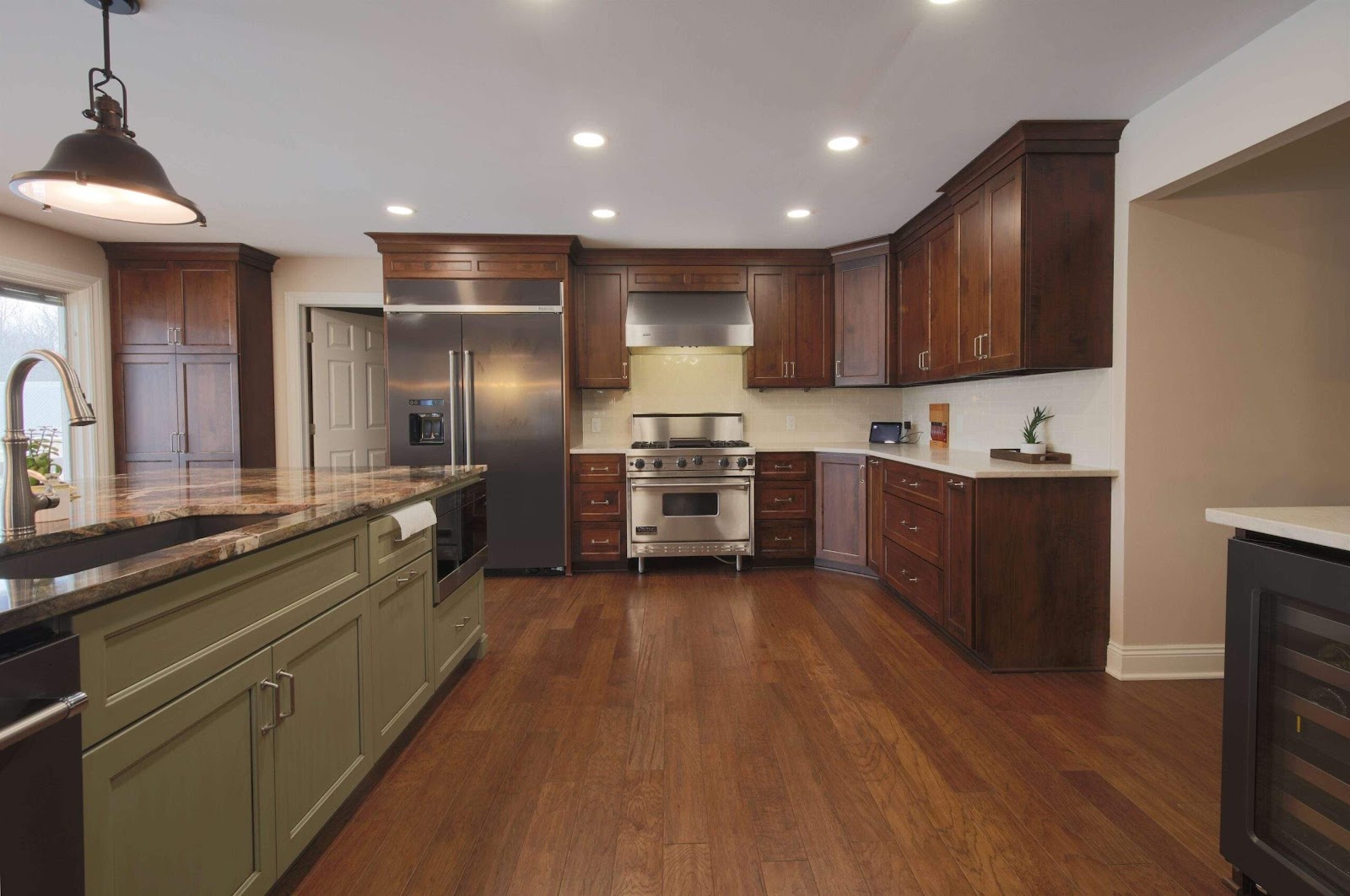Wood Stains for Cabinets: A Comprehensive Guide From High Point Cabinets
Introduction to Wood Stains for Cabinets
Cabinet refinishing is an essential aspect of maintaining and enhancing the appearance of your furniture. One crucial element of this process is selecting the right wood stains for cabinets. In this comprehensive guide, the professionals at High Point Cabinets will explore the different types of wood stains, their benefits, and how to choose and apply the perfect stain for your cabinets.
Types of Wood Stains for Cabinets
There are several types of wood stains available, each with its own characteristics and advantages. Some of the most common types include:
- Oil-based stains: These stains penetrate the wood and provide a rich, deep color. They are durable and water resistant, making them a popular choice for cabinets.
- Water-based stains: These stains are eco-friendly and easy to clean up, as they use water as a solvent. They dry quickly and offer a more subtle color enhancement.
- Gel stains: Thicker in consistency, gel stains provide even coverage and are less likely to drip or run during application. They are ideal for vertical surfaces like cabinet doors.
- Varnish stains: These stains combine color and a protective finish in one product, simplifying the staining process.
Benefits of Using Wood Stains for Cabinets
Staining your cabinets offers several advantages, such as:
- Enhanced wood appearance: Wood stains highlight the natural grain and beauty of the wood, giving your cabinets a unique and attractive look.
- Increased durability: Stains provide an additional layer of protection, helping your cabinets withstand daily wear and tear.
- Easy maintenance: Stained cabinets are generally easier to clean and maintain compared to painted cabinets.
- Customizable colors: With a wide range of stain colors available, you can easily find the perfect match for your home's decor.
For a step-by-step guide on staining wood cabinets, refer to this DIY Network resource.
How to Choose the Right Wood Stain for Your Cabinets
Selecting the ideal wood stain for your cabinets involves several factors:
- Assessing wood type: Different wood species react differently to stains. Familiarize yourself with your cabinet's wood type and its staining properties. For more information, visit MasterBrand's guide on cabinet wood types and finishes.
- Considering the desired color: Determine the color you want to achieve and choose a stain that complements your home's interior design.
- Testing stains on a small area: Before committing to a stain color, apply it to a small, inconspicuous area of your cabinet to ensure it produces the desired effect.
- Evaluating durability and maintenance needs: Consider the level of protection and maintenance required for your cabinets, and choose a stain that meets these needs.
Application Process and Tips
To ensure a successful staining project, follow these steps:
- Prepare the cabinet surface by cleaning and sanding it to remove any dirt, grease, or old finish.
- Apply the wood stain using a brush, cloth, or foam applicator, following the manufacturer's instructions.
- Seal the wood stain with a clear protective finish, such as polyurethane or varnish, to enhance durability and maintain the stain's appearance.
- Follow best practices like working in a well-ventilated area, wearing protective gear, and allowing adequate drying time between coats.
Top Wood Stain Brands for Cabinets
Several reputable brands offer high-quality wood stains for cabinets, including:
- Minwax
- Varathane
- General Finishes
- Rust-Oleum
FAQs
- Can I stain my cabinets without sanding them? - While some products claim to work without sanding, it's generally recommended to sand your cabinets before staining to ensure proper adhesion and an even finish.
- How long does it take for the wood stain to dry? - Drying time varies depending on the type of stain and environmental conditions. Typically, oil-based stains take longer to dry than water-based stains.
- What is the difference between wood stain and paint? - Wood stain penetrates the wood and enhances its natural grain, whereas paint coats the surface and hides the wood's appearance.
- How can I remove wood stains from cabinets? - To remove wood stains, you'll need to use a chemical stripper or sand the cabinets to remove the existing finish.
In conclusion, selecting the right wood stains for cabinets is essential for achieving a beautiful and durable finish. By understanding the different types of stains, their benefits, and proper application techniques, you can transform your cabinets and enhance your home's overall aesthetic. Interested in learning more? Check out High Point Cabinet's customization options!




Comments
Post a Comment